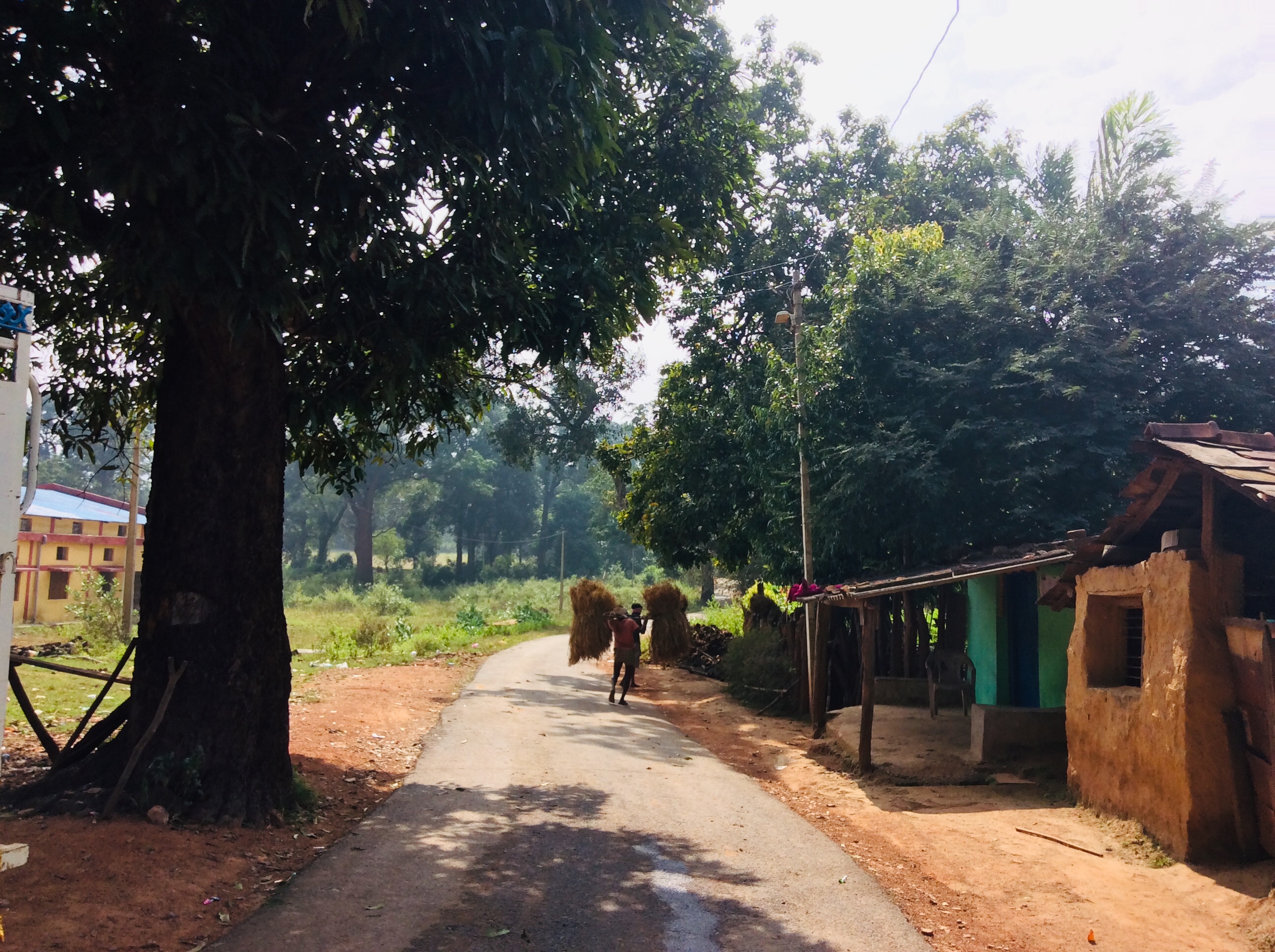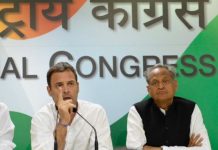
The village of Koleng in Bastar’s Darbha block, and three others nearby, were connected with conventional electricity for the first time since independence between 2019 and 2021. The residents who earlier relied only on rooftop solar panels are a happy lot now, writes Deepanwita Gita Niyogi
Ayush medical officer Dr MK Sharma has every reason to cheer. In his two-decade long stint at the primary health centre in Koleng, Sharma had to rely on rooftop solar panels in the absence of conventional electricity in this remote village in Bastar’s Darbha block, 43 km from district headquarters Jagdalpur. But now much to his relief, all the seven hamlets of Koleng have been electrified.
While showing around the centre, the doctor informed that though five solar panels were installed in 2007, these can supply power only up to 18 hours. “Electricity is needed 24 hours for the storage of essential vaccines. Moreover, solar panels fail to support everything at the same time. If fans are switched on, then lights do not work properly,” Sharma said.
In many villages of Bastar district where electrification could not be carried out previously due to either insurgency issues or remote locations, solar photovoltaic standalone systems and solar plants serve the needs of rural communities, thus providing energy security to unelectrified households. But solar power is not adequate and mostly serves community’s needs at night.
Lighting up lives
In several houses of Koleng, electricity meters were set up two months back while some are still left, said resident Balsingh Nag, a Dhurwa tribal, who admitted that it took 75 years since India’s independence to set up power lines in the village. The help of the state police and the Central Reserve Police Force (CRPF) was enlisted to carry out the twin tasks of road construction and conventional electrification.
On his part, Sharma, who has carried out deliveries even in candle light, pointed out that even after electrification, solar power would be needed as a backup. Power cuts are inevitable during the peak summer and monsoon seasons, especially during June and July, when the number of deliveries increase, the doctor informed. According to him, even the solar power capacity at the health centre should be increased in case disruptions occur frequently over a longer period of time. On normal days, the Koleng health centre caters to 20 patients but the number reaches 100 on the day of the weekly rural market when many people from nearby villages also come to buy and sell stuff.
At his house, Nag pointed to the solar standalone system situated in a corner which supports light, fan and mobile phone charging only during night. During the day the system gets charged and in monsoon it barely works, his wife Sonadei informed. “As normal electrification was badly needed, a few of us from the village visited the collector office in Jadgalpur to place our demand. Along with the electrification work which was completed in November 2019 under the RGGVY (Rajiv Gandhi Grameen Vidyutikaran Yojana) scheme, the road construction activity was also finished during the lockdown.” Still, almost half of the village is not getting power due to connection forms not being filled up, he said.
Apart from Koleng, three other nearby villages all lying within a distance of seven km were also electrified in October 2021. Tulsa Nag, a resident of Koleng’s Kadampara hamlet, is satisfied with the entire exercise but pointed out that disruptions are likely to occur during heavy storms when the possibility of trees being uprooted is common. So, it is better to have both solar as well as conventional power rather than relying on only one source.
Coming to the rescue
Naveen Kumar Poyam, an executive engineer at the Chhattisgarh State Power Distribution Company Limited, said electrification work initially started in Koleng around 2016-17 but stopped midway due to the problem of Left-wing extremism. But work again took off after an initial setback, and as roads started to be built, the power department also expressed a keen interest and started electrification in Koleng in 2019. In total, 169 households in Koleng, 222 in Mundagarh, 207 in Chhindgur and 142 in Kandanar, all lying in Darbha block, have now got power connections.
The installation and distribution of electric poles in Kachiras village of Mundagarh gram panchayat has made resident Bhupendra Kunjam happy. Kunjam is fond of watching television usually during the evening from 6 pm to 10 pm. According to him, five households in his village have TV sets which run on solar plants. However, a few people in Koleng alleged that solar panels are being removed now. Tulsa Nag said that they have been already been removed from Kadampara.
Ankita Sharma, a 2018 batch Indian Police Service officer, who is in charge of anti-Naxal operations in Bastar, said though Koleng was a Maoist-affected village even two years ago, it is now a safe place after a CRPF camp was set up. However, Mundagarh sometimes reports the presence of Left-wing extremists. “In order to secure the area a security camp was required. At a distance of 14 km from Koleng there is a particularly sensitive narrow patch known as Tulsi Dongri. We expect to clear the area with the help of camps and confidence-building measures,” she added. For now, Koleng, along with three other villages, is reaping the benefit of electrification which was delayed for so long due to insurgency issues. So, people like Dr Sharma and Balsingh Nag, who initially struggled, can now rejoice.












